BACKGROUND
Donald Agir, a 42-year-old father of four from Amlan, Negros Oriental was a former ambulance driver in the province who also raised native goats to make ends meet. When the pandemic hit in 2020, he opted to focus full time on his herd while doing motorcycle-for-hire on the side to support his family.
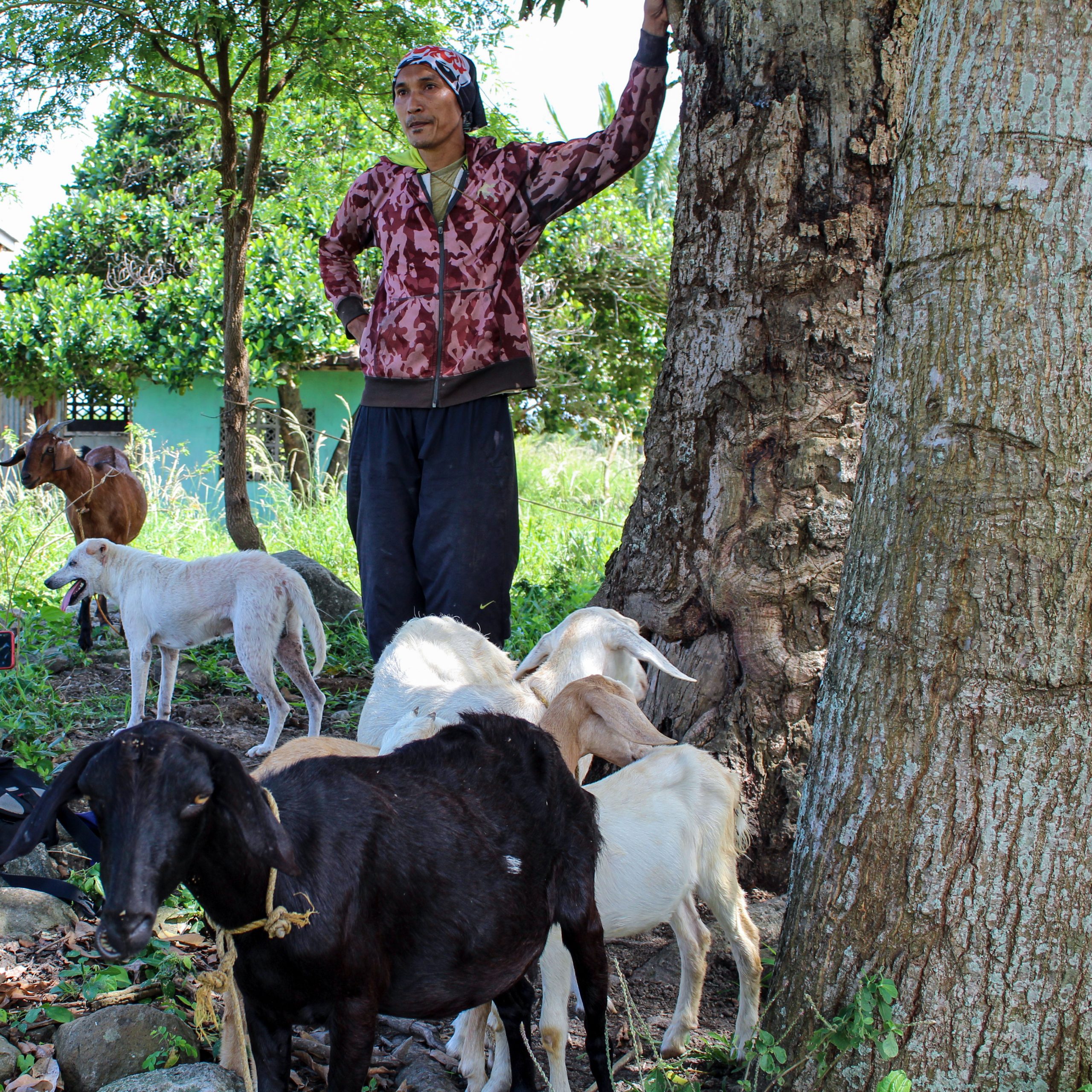
His wife, Jocelyn Agir, assists him in livestock raising while their 4 kids, ages 12 to 21 are busy with their secondary and tertiary studies.
With much interest in livestock raising, Mr. Agir joined the Jantianon Livestock Association and participated in goat production and management training sessions facilitated by the local government unit (LGU) of Amlan, Negros Oriental. He also used to read information materials and watch online video tutorials about goat raising on his own time.
Through fund transfer from 2017, the 50-member Jantianon Livestock Association, received the Department of Agriculture- Special Area for Agricultural Development (DA- SAAD) Program’s FY 2017 inputs for the Integrated Livelihood Project worth Php 1,450,000 in January 2020.
The Integrated Livelihood Project (goat production) has 40 beneficiaries in total. Farmer-beneficiaries were chosen by former SAAD Area Coordinator and DA Amlan SAAD Technician using a shortlist of potential beneficiaries per association and validation through the conduct of farmer profiling and geotagging of target SAAD beneficiaries.
Because of Mr. Agir’s background in goat rearing, he received one Anglo buck while some members of the farmers’ association (FA) received cattle, and chicken among others. Apart from the assistance of SAAD, Amlan LGU also provided Php 450,000 worth of assistance which were used for feeds, vitamins, essential biologics, and to purchase another buck for a faster hybridization process.
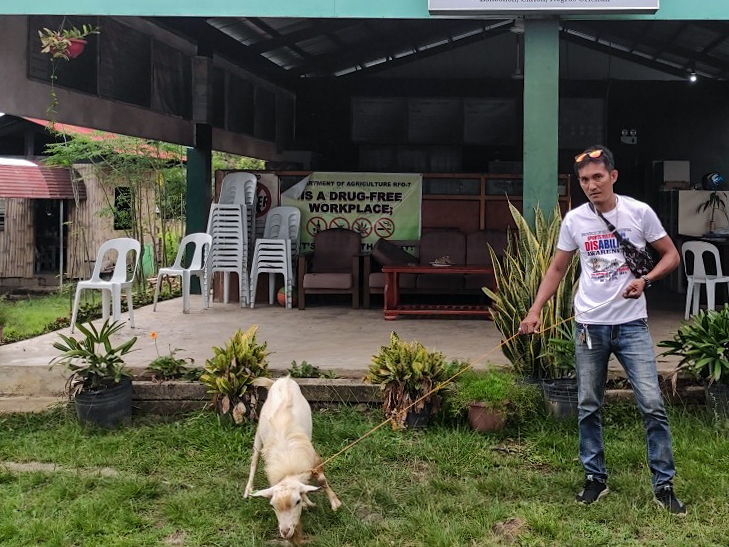
“Daghan kayo nga salamat sa inyong pag tabang sa akoa para makakuha ko aning kanding. Dako kayo nig tabang sa akong pagpa-daghan sa akong mga kanding. Hinaot nga daghan pa kamong matabangan nga mga mag-uuma sama kanako, usab, daghan kaayong salamat,” Donald Agir shared.
(Thank you so much for helping me get a goat (buck). This will help in my goat production. I hope that more farmers will benefit and avail of projects that are offered by the program, again, thank you so much.)
In addition, Mr. Agir was assisted by the SAAD provincial staff to loan a Nubian buck from the Negros Oriental Research Development Center (NORDC) in July 2021. This helped him avoid inbreeding and increase his herd by breeding the Nubian buck with the Anglo-native goats.
DONALD AGIR’S GOAT PRODUCTION
As soon as Mr. Agir received the interventions in 2020, he began breeding his existing native goats with his Anglo and Nubian bucks. As of March 2022, the native does and bucks produced 29 Anglo-Nubian kids (Table 1).
Though already raising his own livestock, he also works as a driver in a private livestock supplier since April 2022 to further support his family’s needs.
Table 1. Mr. Agir’s Goat Inventory
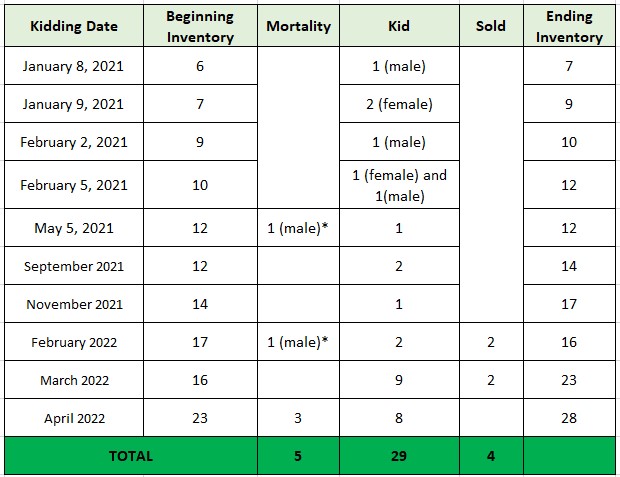
Note: *Mortalities were due to unforeseen circumstances
In the first quarter of 2022, Mr. Agir sold 2 native goats for Php 2,500 each, and 2 upgraded goats for Php 3,500 apiece, listing a Php 12,000 return
Table 2. Mr. Agir’s income from Goat Production
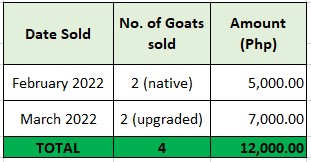
Native and upgraded goats differ in terms of market value. Native goats are sold at Php 2,000 to Php 2,500 each, while upgraded goats aged four months are sold at Php 3,000 to Php 6,000 each.
According to Philippine Council for Agriculture, Aquatic and Natural Resources Research and Development’s (PCAARRD) Journal on Information of upgraded goats under farmers’ field conditions, the traditional native goat has low production performance, such that at market age, it weighs only a meager 20-30 kilograms (kg) while upgraded goats are mainly used for meat production since they grow better and faster and can weigh 60-90kg.
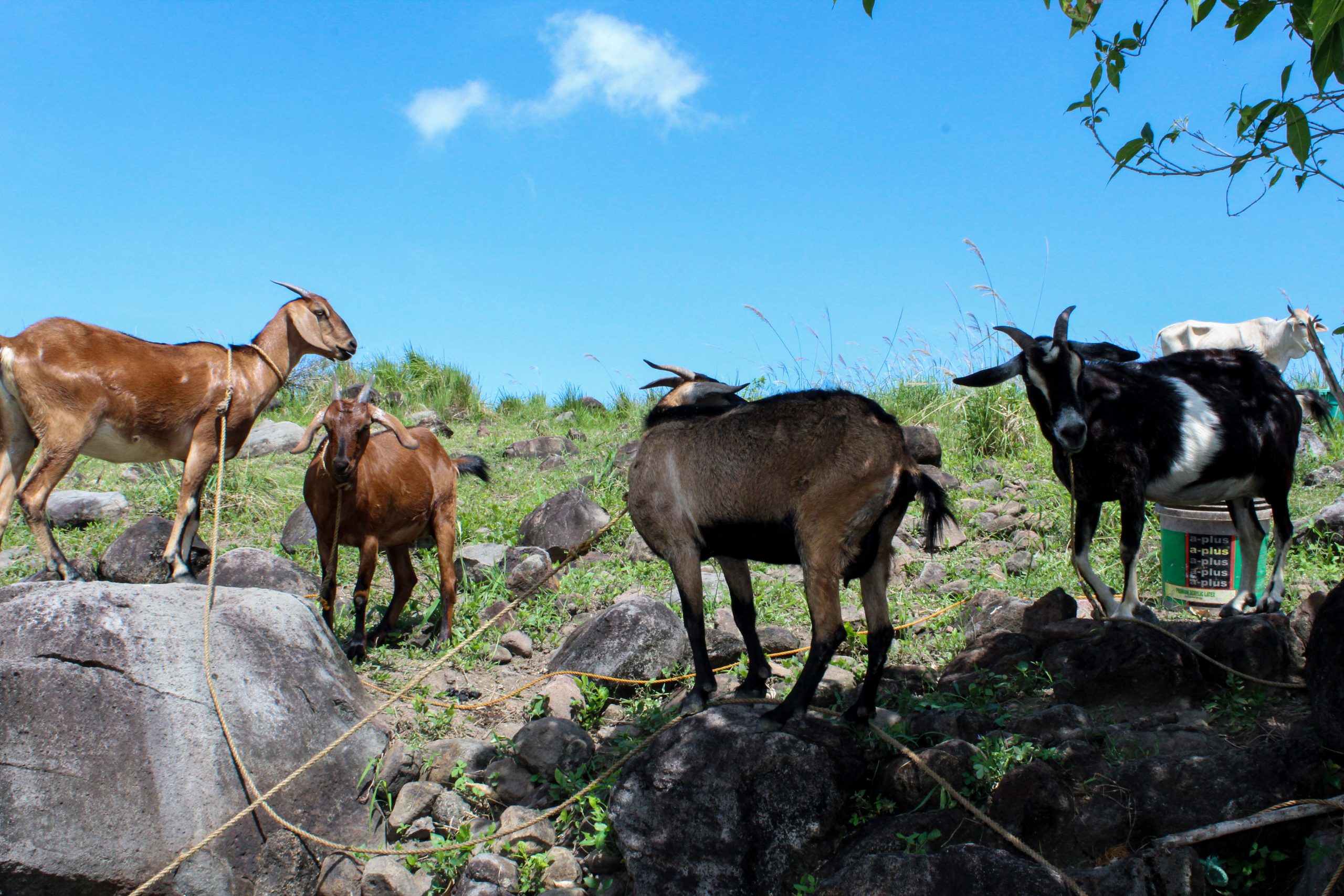
From his earnings, he was able to finance his children’s education. He plans on saving up since his eldest son is graduating in college (Criminology major) this May 2022 while his second child is a freshman in tertiary education taking up Computer Science.
A portion of his earnings was also used to buy feed to make pasaw (chaffer) which is a mixture of feed, salt, and water for his goats. He also planted the easy-to-maintain Napier grass, that is rich in fiber and legumes, in his area that the goats can easily graze as a food source.
“Nagpasalamat ko sa SAAD kay naka avail ko ani nga project ug nakab ot nako akong pangandoy nga makapanag-iya ug kanding nga turo. Dako kaayo ug maincome ani nga project. Ang sauna nga native akong mga kanding hangyoon pa ug dos mil ang usa, karon ang kanding nako di na basta-basta. Ang usa ka tuig nga native mokantidad ra ug dos mil, samtang ang upgraded nga upat pa kabulan mo kantidad na ug sais mil,” he added.
(I am thankful to SAAD for giving me the opportunity to access this project and for making my dream of owning an upgraded goat come true. I know I can earn a lot from this project. Before, native goats could only be sold at Php 2,000 each. Now, I have an upgraded goat that can be sold at a higher market price than native. A one-year-old native goat can be sold at Php 2,000 while a four-month-old upgraded goat can be sold at Php 6,000.)
To gain more income, he plans to sell the 20 goats (Table 1 inventory) in bulk at a price of Php 5,000 each, with an expected income of Php 100,000.
His target buyers are compradors who directly buy livestock in large quantities from farmers and sell the herd in Luzon. He believes that selling the goats in bulk would build a consistent clientele (compradors) and would give an assurance that all of his herds would be sold in his favor, instead of going through middle sellers.
PAYING IT FORWARD
To encourage and engage other members from his community in goat raising, he offered his stocks for breeding with a minimal fee of Php 50 to Php 150 per service. He also offers free breeding to those who really cannot afford the fee while also limiting the breeding activity to maintain the goats’ health.
Apart from selling liveweight goats, he already earned Php 6,000 from Anglo and Nubian buck breeding from September 2021 to February 2022.
Table 3. Mr. Agir’s income from buck breeding

As of writing, Mr. Agir is still on goat breeding, now owning 10 native goats, 12 anglo-Nubian, and 6 Boer-native. Of the 28 goats, five (5) are expected to bear offspring in August 2022 with an average of 2 kids per goat.
PLANS
In a span of two years since receiving the intervention, (after the 2017 fund was transferred to the Amlan LGU, the project was finally implemented in 2020) the main challenge was when Typhoon Odette hit the province which damaged his goat shed. Fortunately, there were no casualties among the animals. While he is in the process of re-building his goat shed, to ensure their safety, he let the goats graze in an open area 250 meters from his house during the day, and temporarily house them in another shed during night time.
Since Mr. Agir’s goats are in their second generation (two initial bucks produced upgraded goats Anglo-Native, and Nuvian-Native), he plans to breed Anglo-Brower to further diversify his breeds.
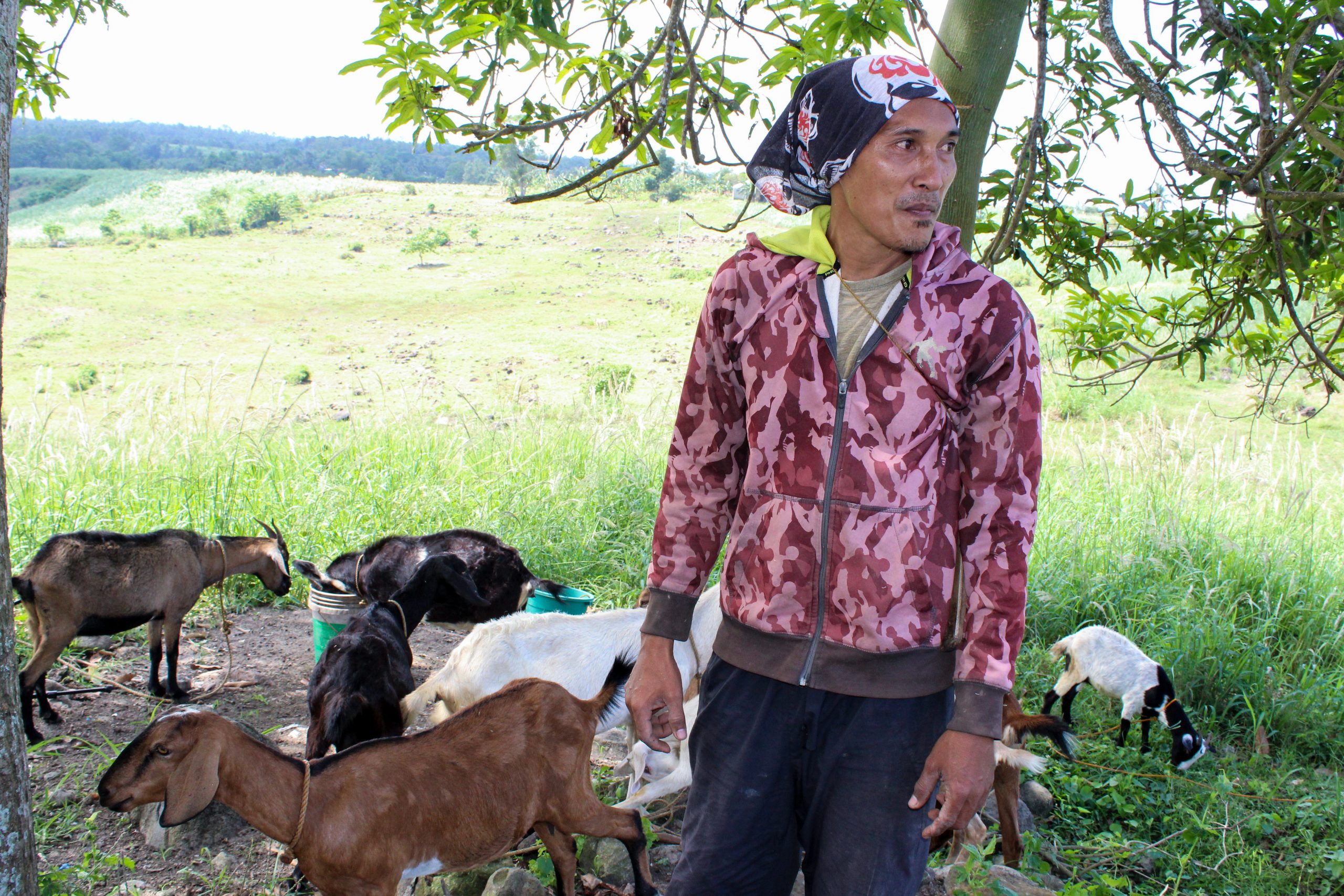
Mr. Agir also uses social media, particularly his Facebook page: facebook.com/donald.agir.3 to share his experience in goat raising and many goat farmers have already contacted him to share their thoughts, knowledge, and expertise in managing their herds, some with the intention of buying from him. ###
Writer: Jolina T. Daño, SAAD Region 7 Information Officer
Source: PPMSO Negros Oriental (John Mach Ogabang, Amlan Area Coordinator; Johnpaulie Sunico, Former SAAD NegOr PC, and Former SAAD ACs Chenee Clea Gumalo, and Jess Gayan Lumain)
2008 PCARRD [Philippine Council for Agriculture, Forestry and Natural Resources Research and Development] Highlights 2005 (Philippines), pages 101-102. ISSN: 0116-9440

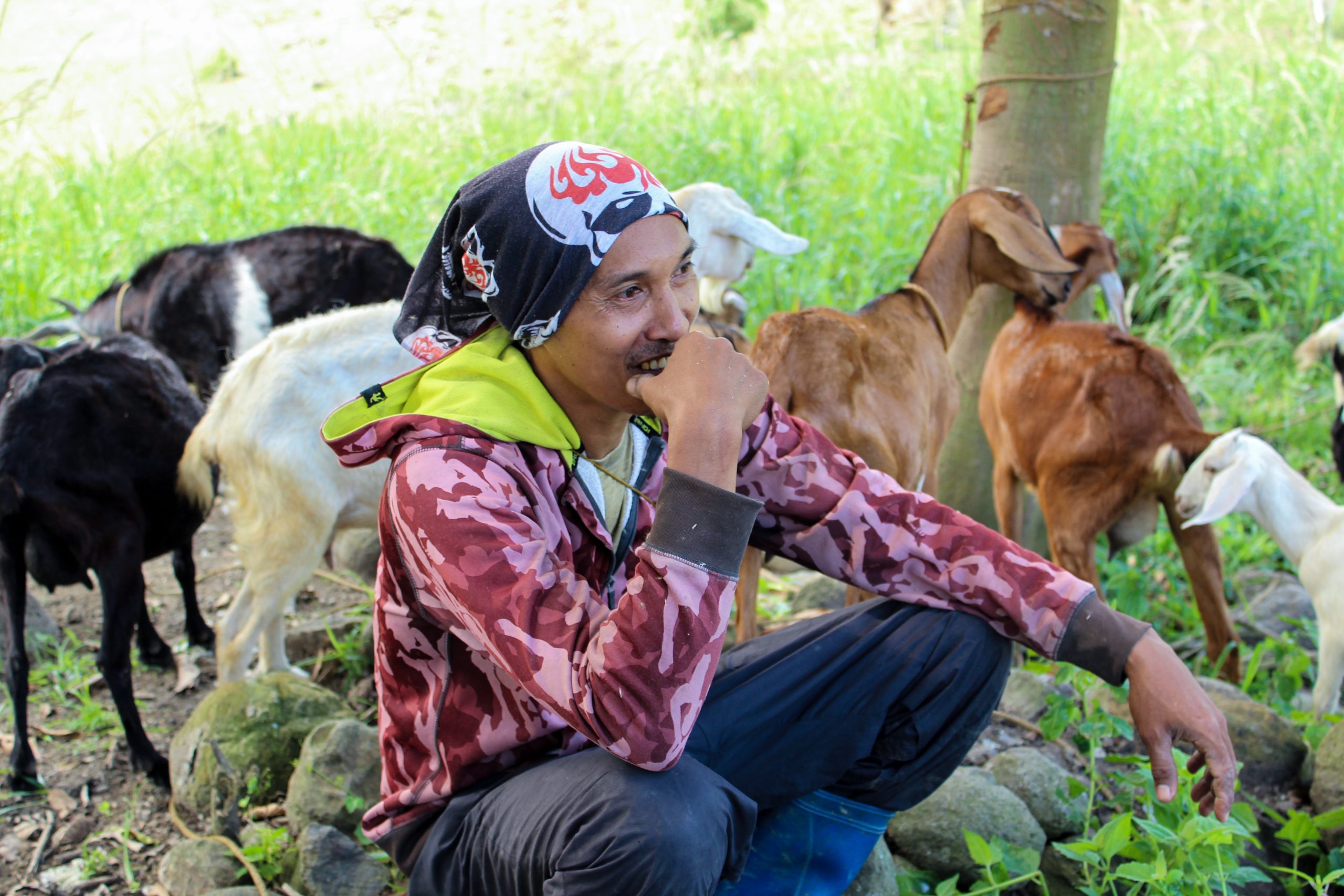
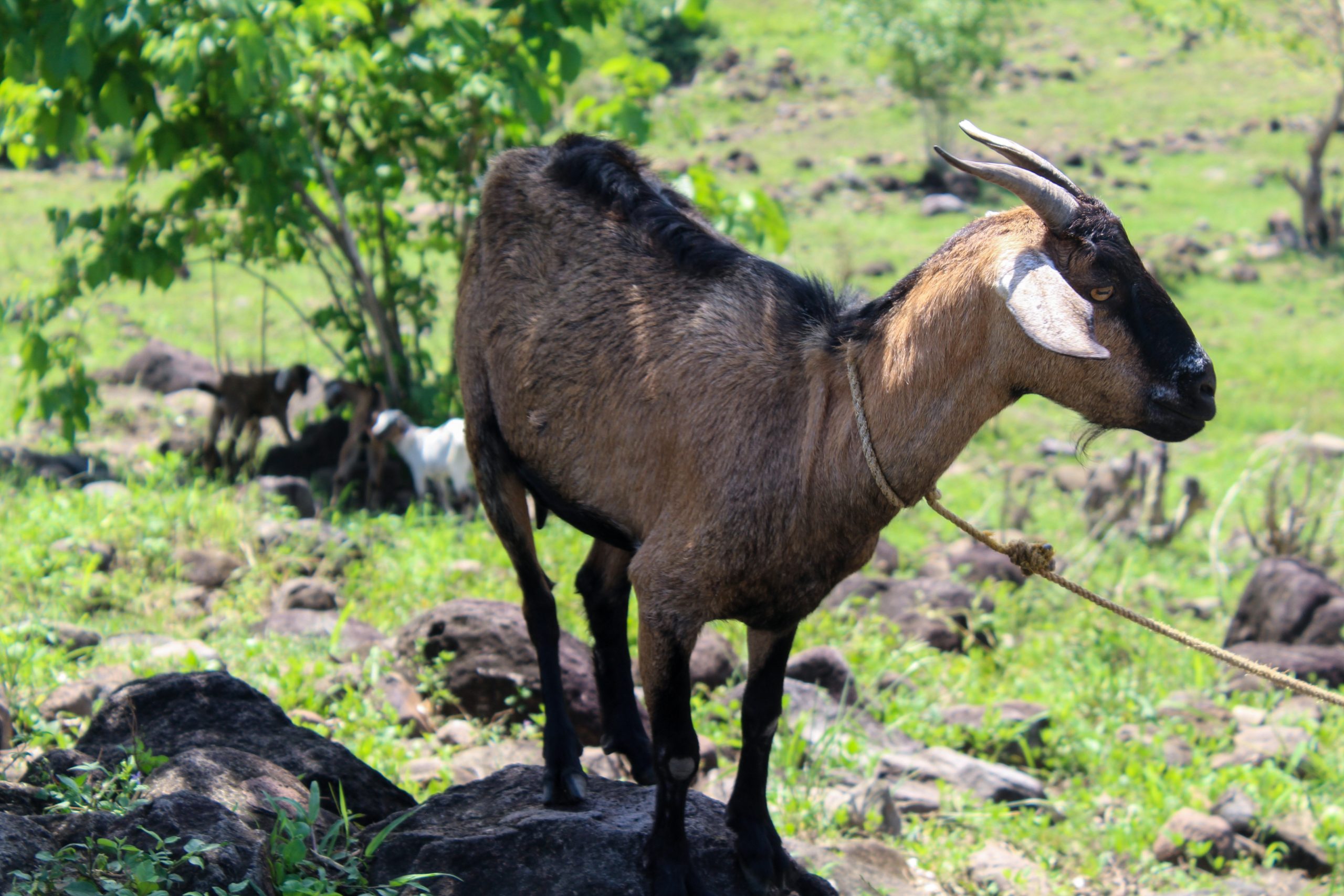
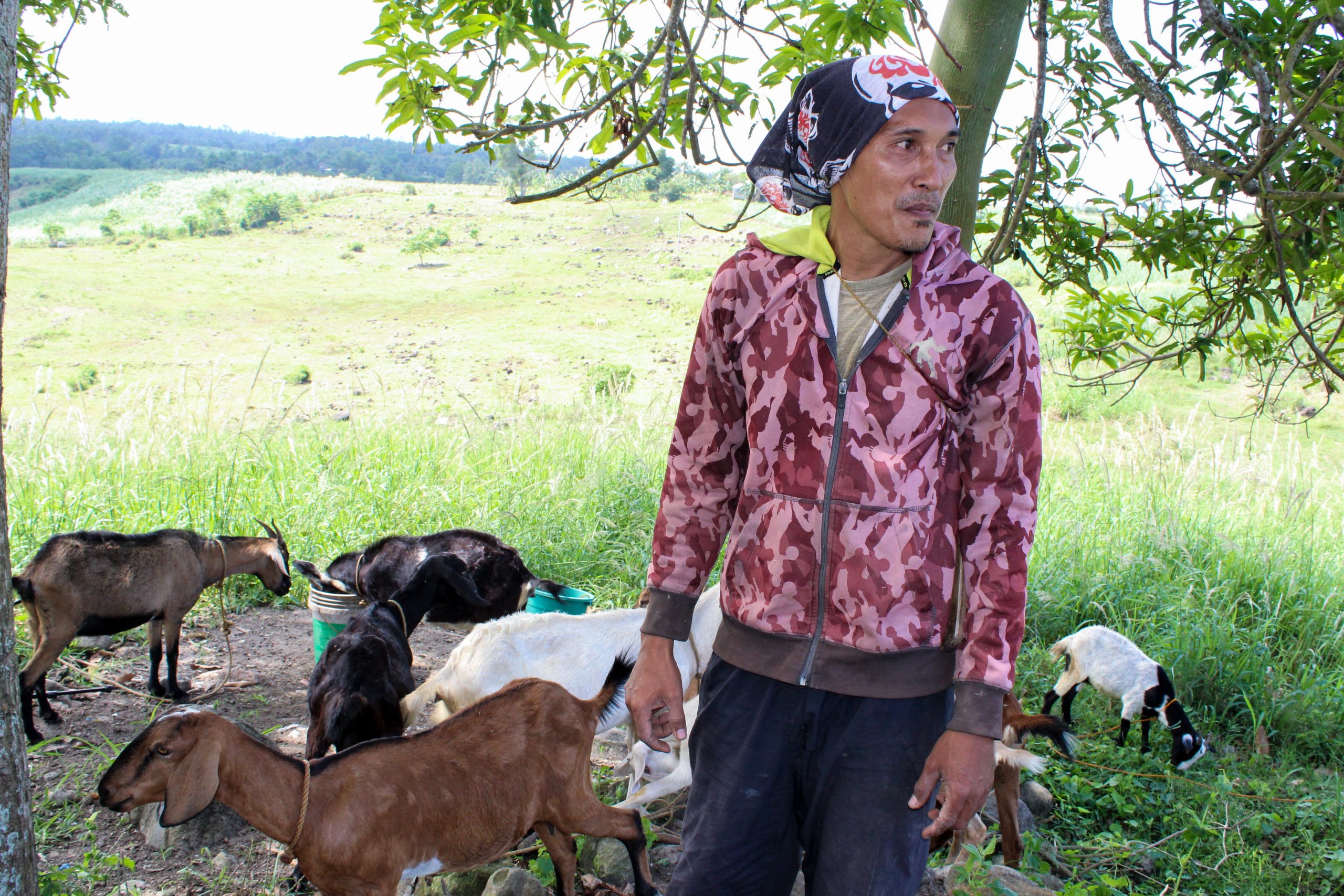
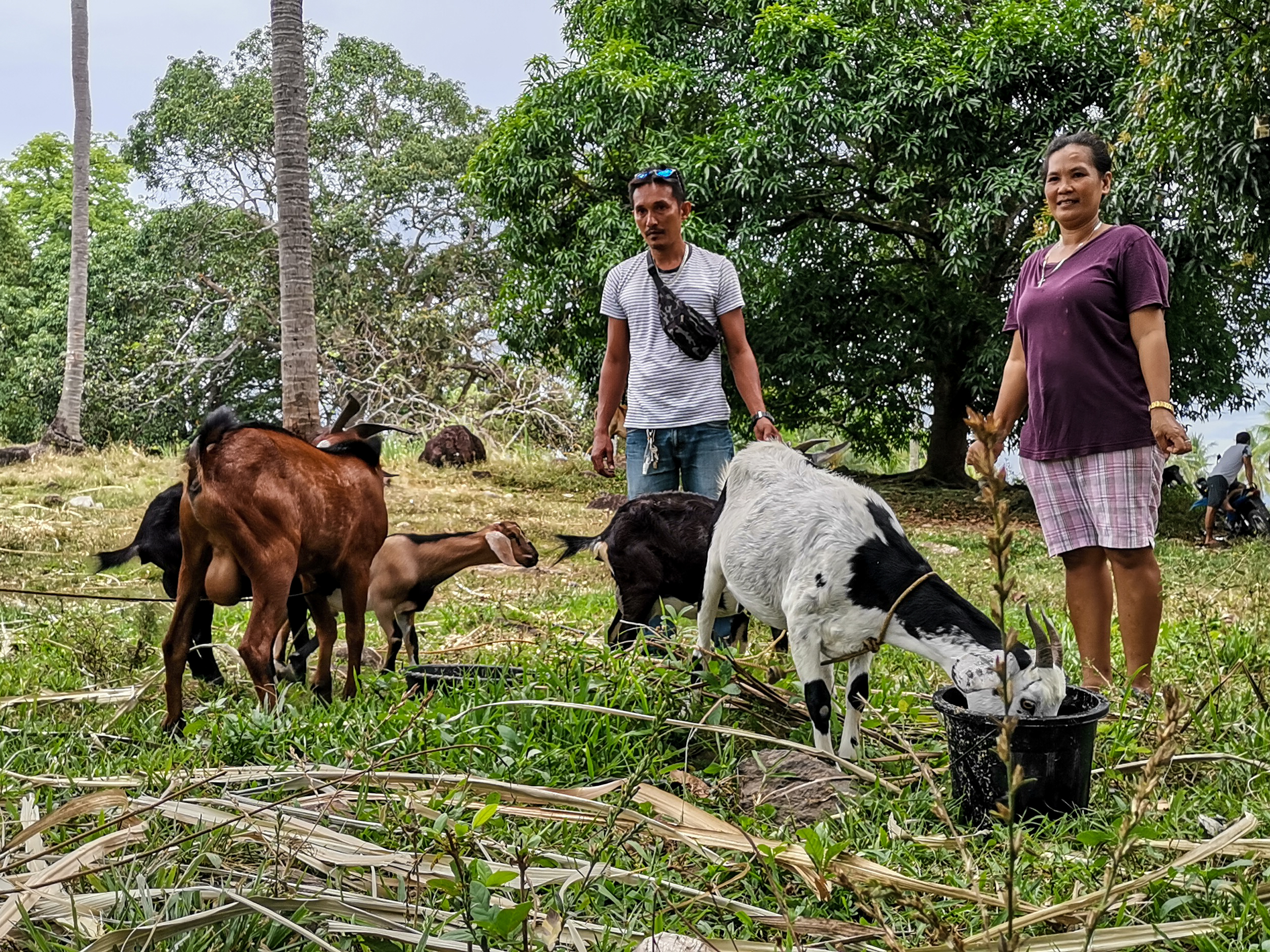
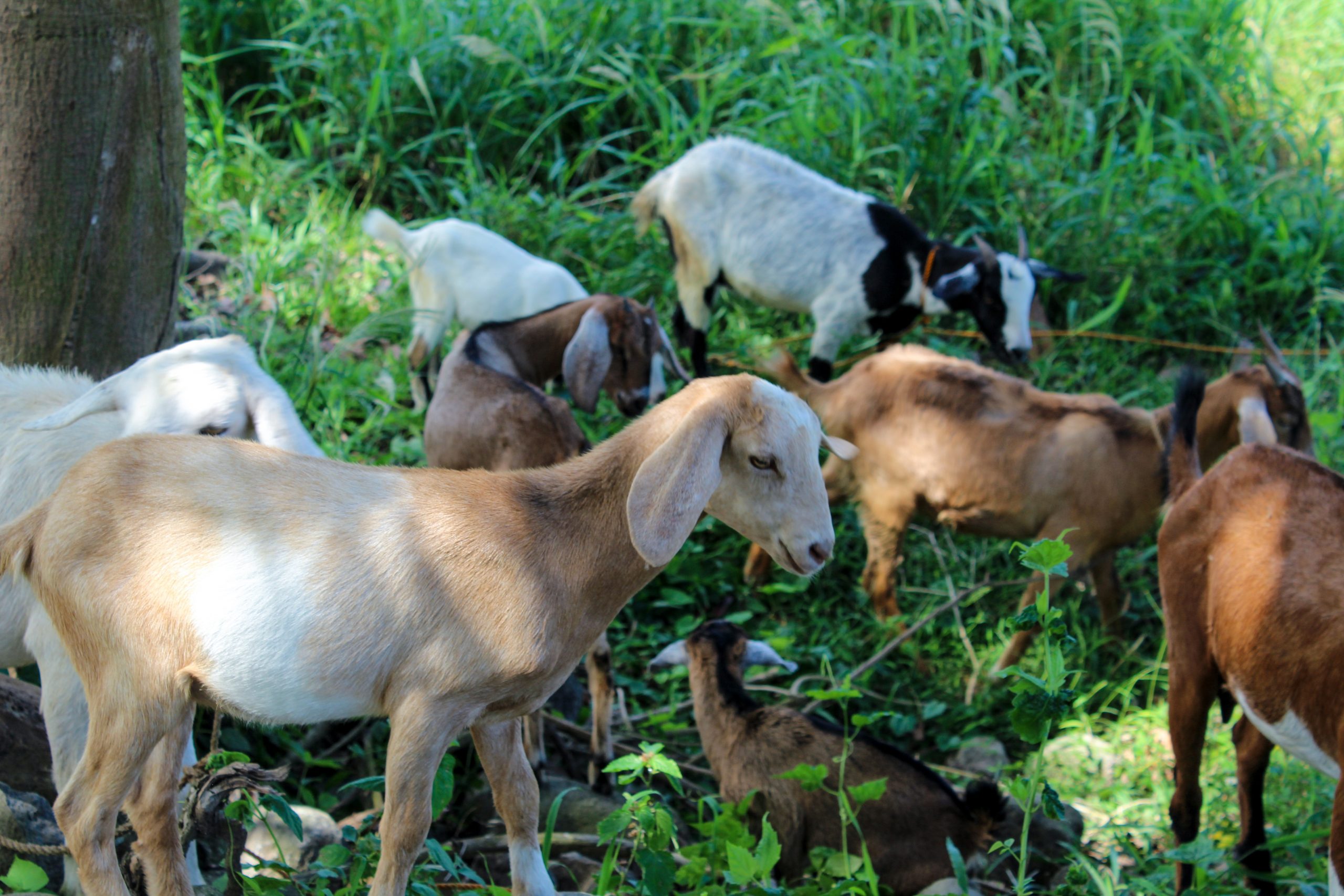
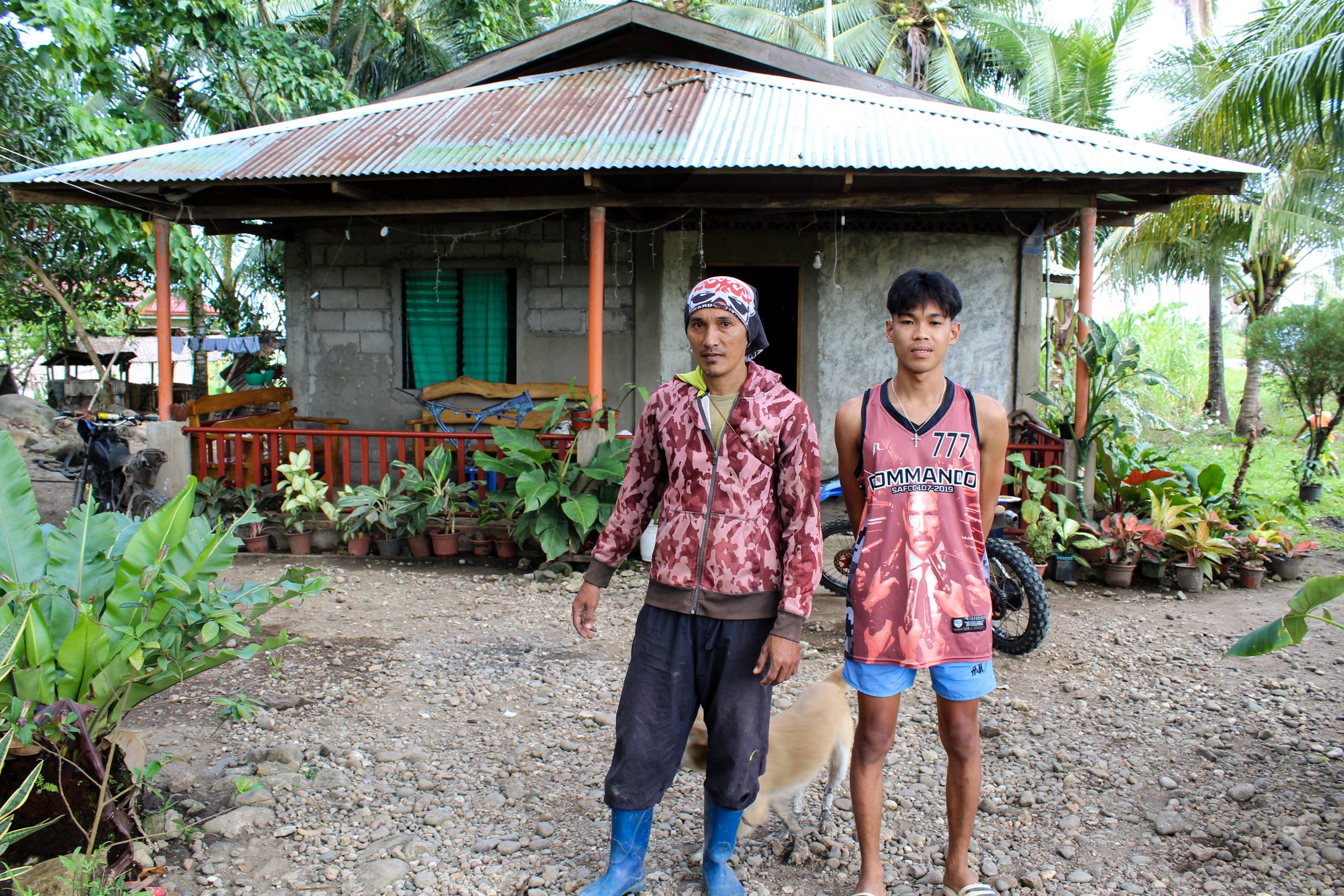
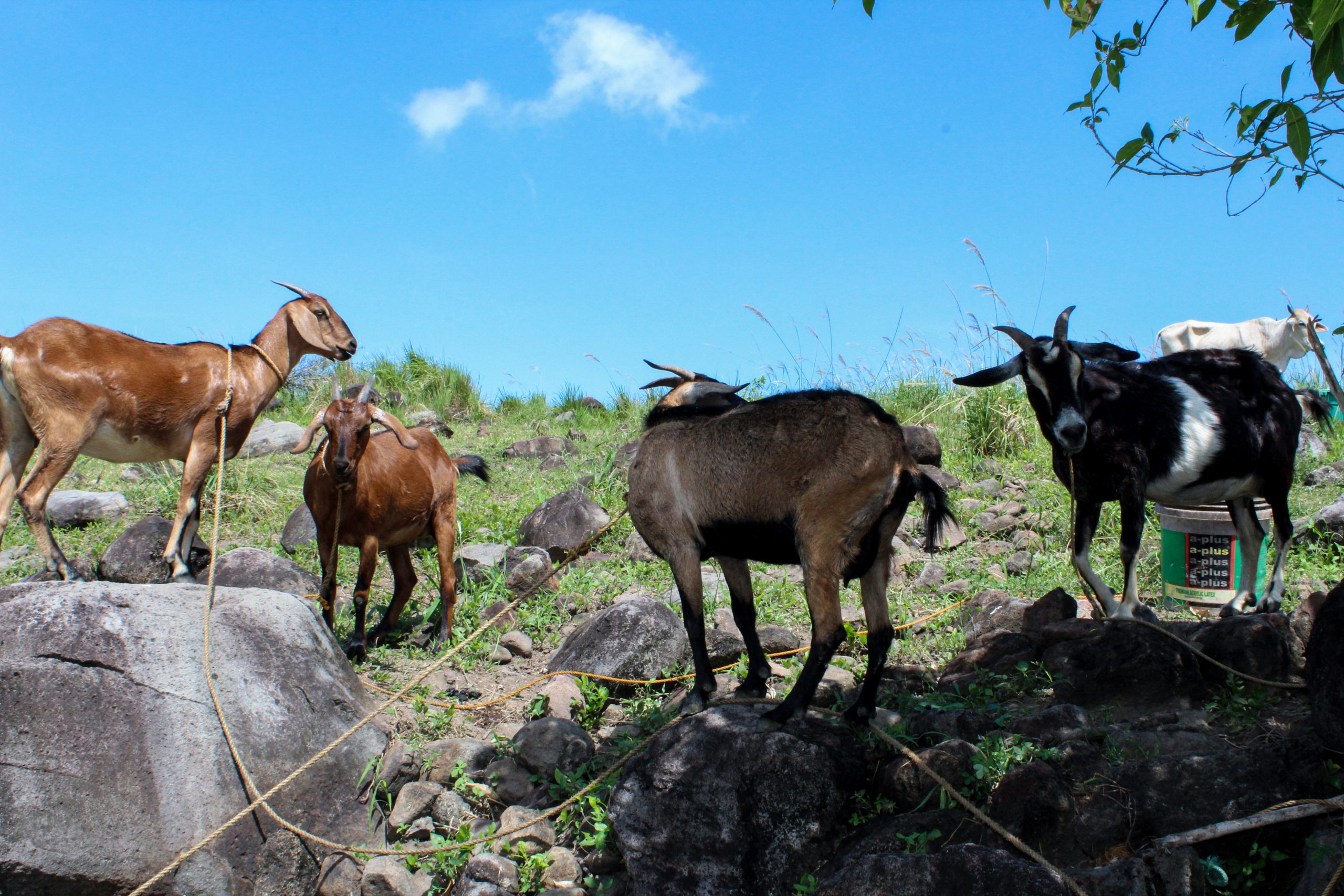
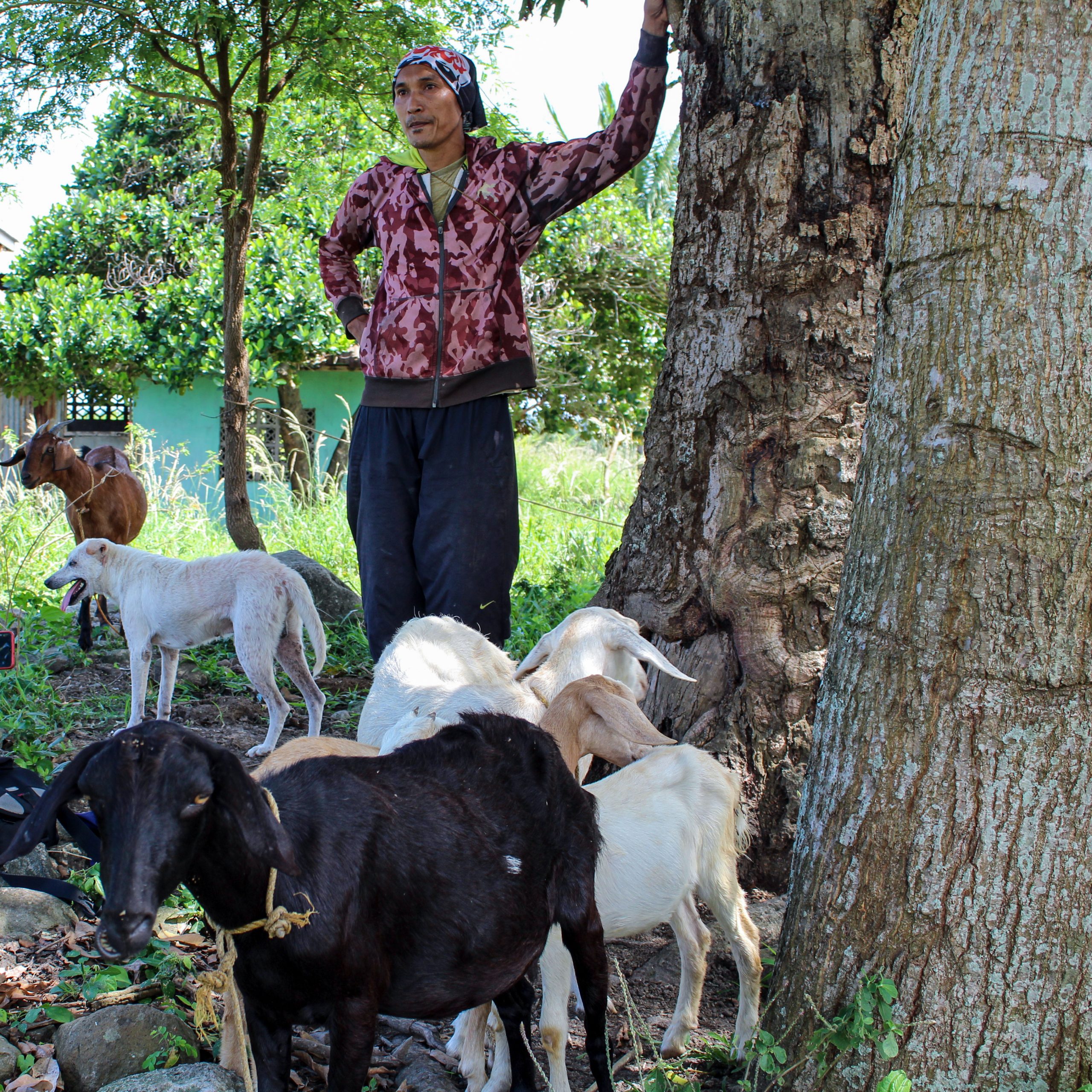

Comments (0)